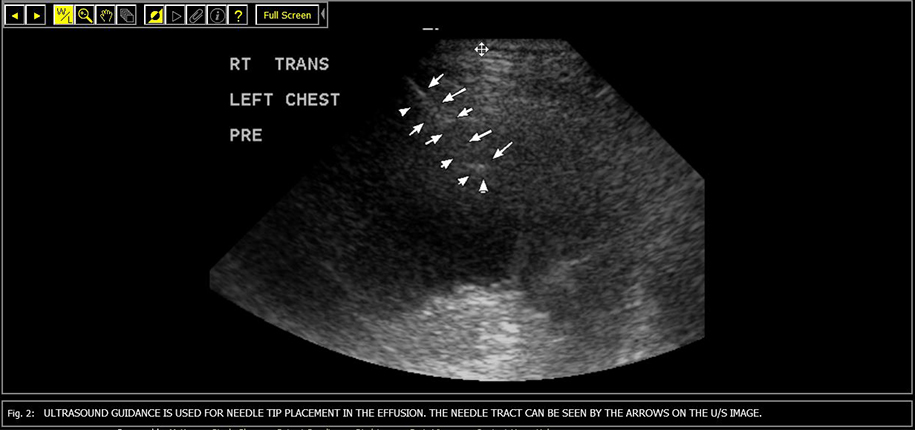
When we think of an ultrasound exam, it is usually in relation to pregnancy. The exam can let us see the fetus in the mother’s womb, giving us a look at possible birth defects, the sex of the child, if it’s twins or more, the position of the baby, etc. The added benefit of an ultrasound exam on a fetus is that it delivers no ionizing radiation. Ultrasound gel is placed on the mother’s skin and the sonographer/ultrasound technologist moves the transducer (a part of the ultrasound machine that scans the area) to give a detailed ultrasound signal or image. But, what else can ultrasound be used for?
Ultrasound (US) can be used to diagnose issues with soft tissues in the body and other organs. The parts of the body that US can be used are the eyes, liver, heart, pancreas, kidneys, bladder, ovaries, thyroid, uterus, gallbladder, blood vessels, testicles, spleen and the heads of infants, to name just a few.
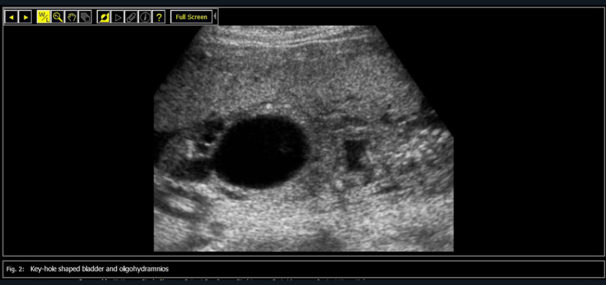
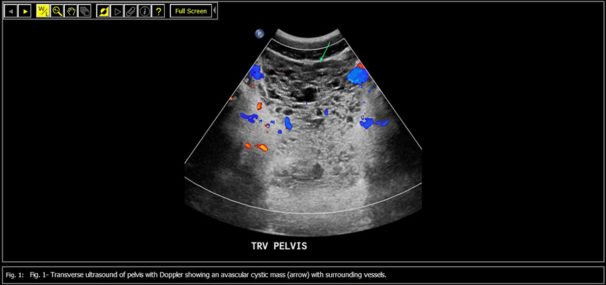
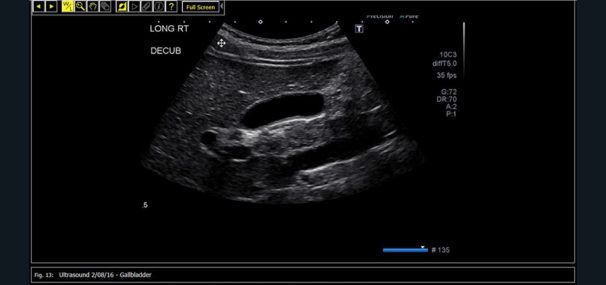
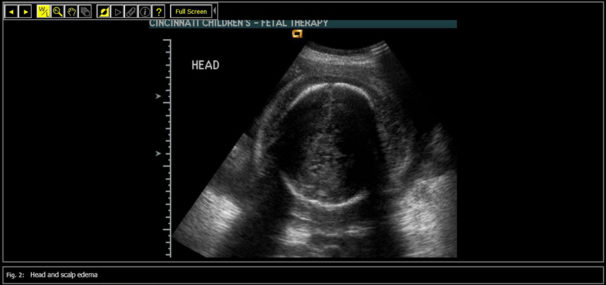
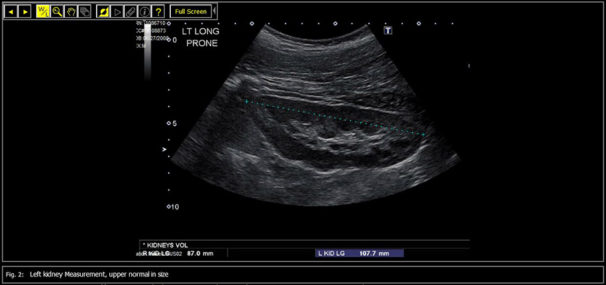
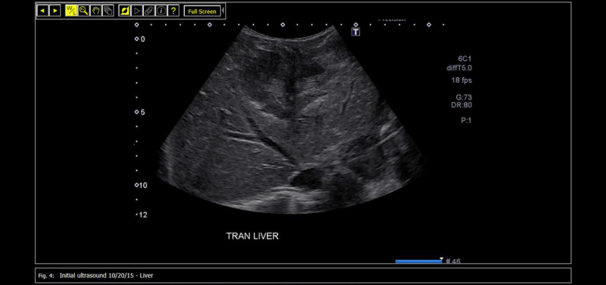
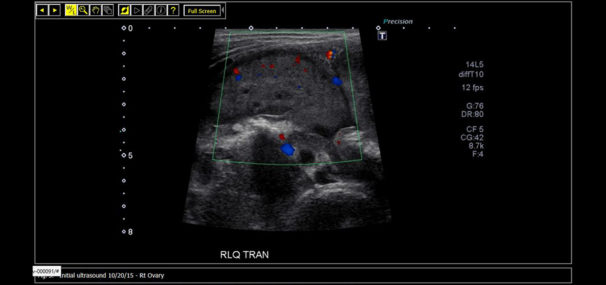
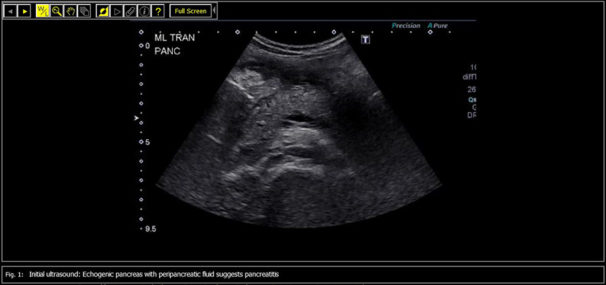
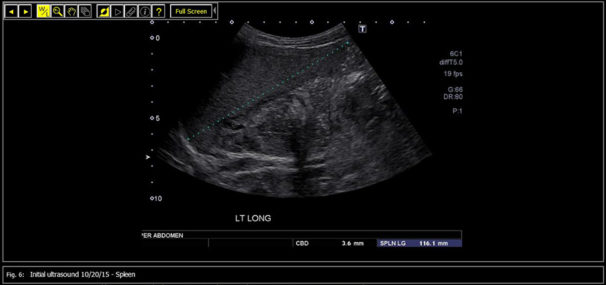

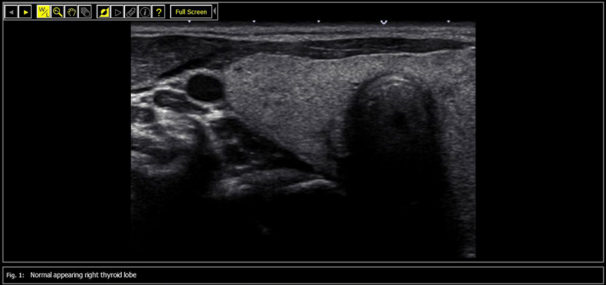

Ultrasound is used in Interventional Radiology (IR) procedures such as biopsies, in which a real-time image is generated to guide a needle to an exact area in the body for our radiologist. A lot of times it is used to find a vein or artery.

There are some restrictions on what an ultrasound procedure can give us. When it comes to air or gas in the bowel and dense bone, a good ultrasound signal is not maintained because sound waves are not useful under such conditions. However, for diagnosing pain, swelling and infection in the body, ultrasound is one of the best tools our radiologist can have, with no harmful effects.
Contributions by Paula Bennett, Radiology Ultrasound Manager.
